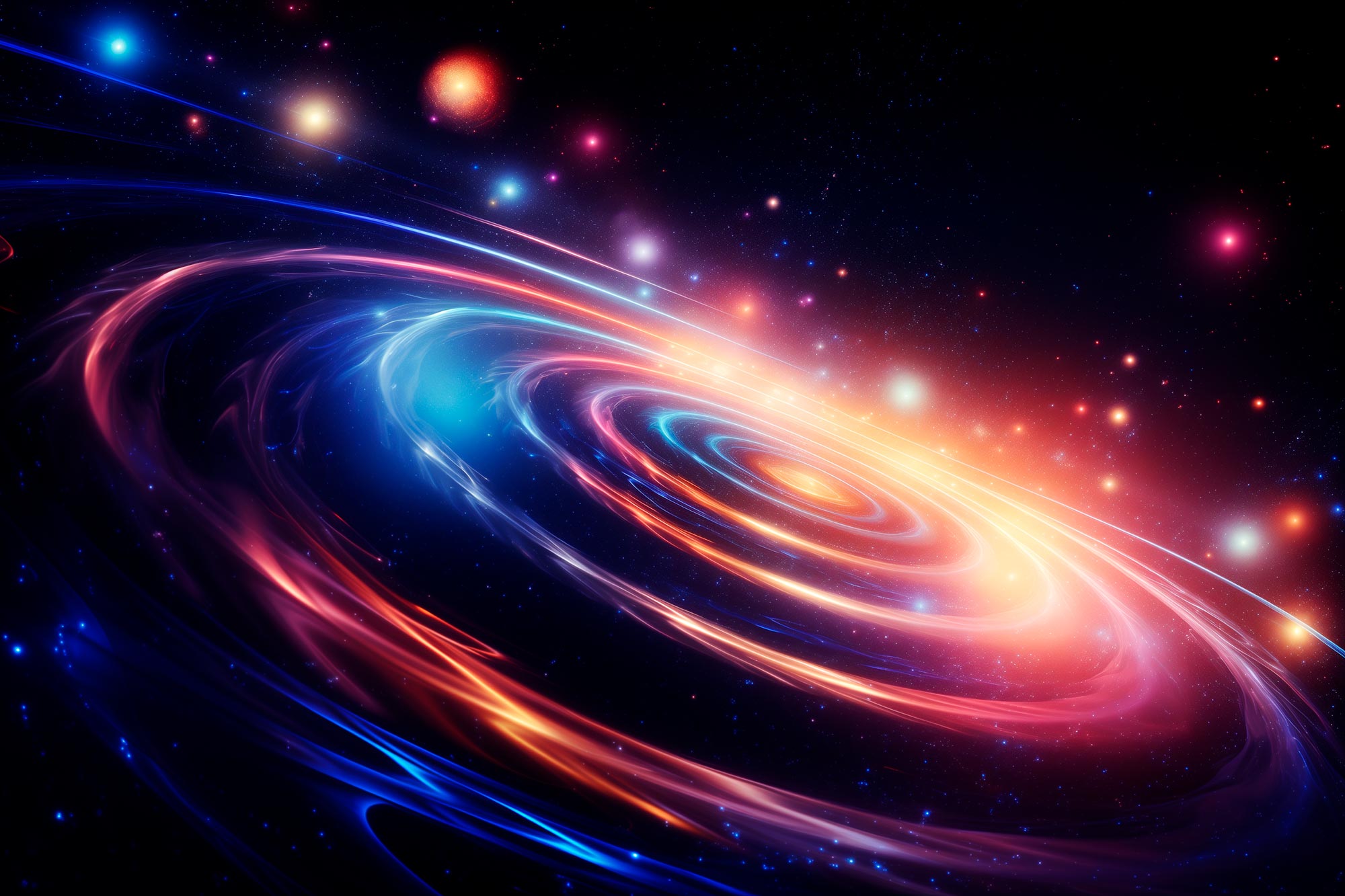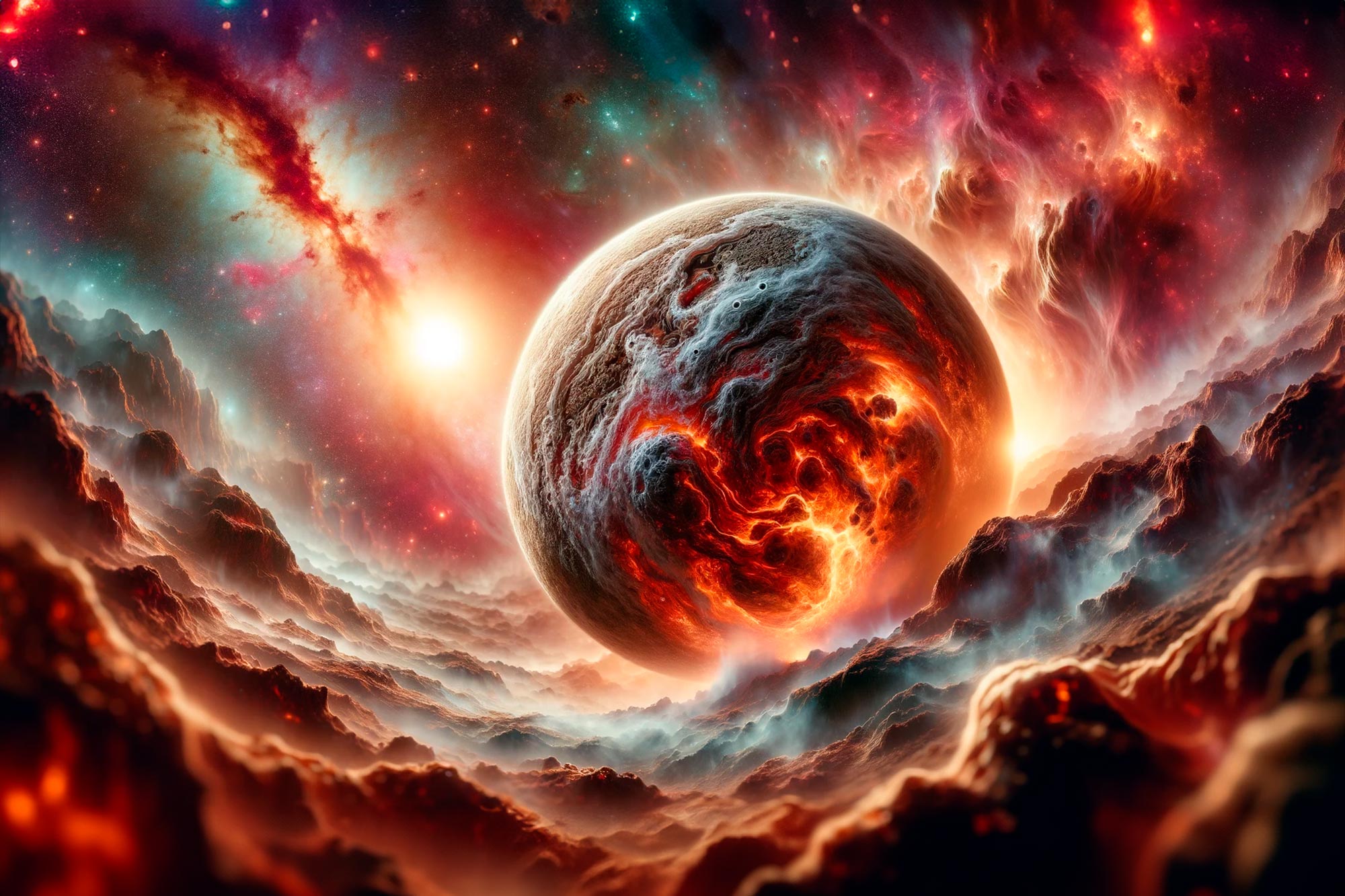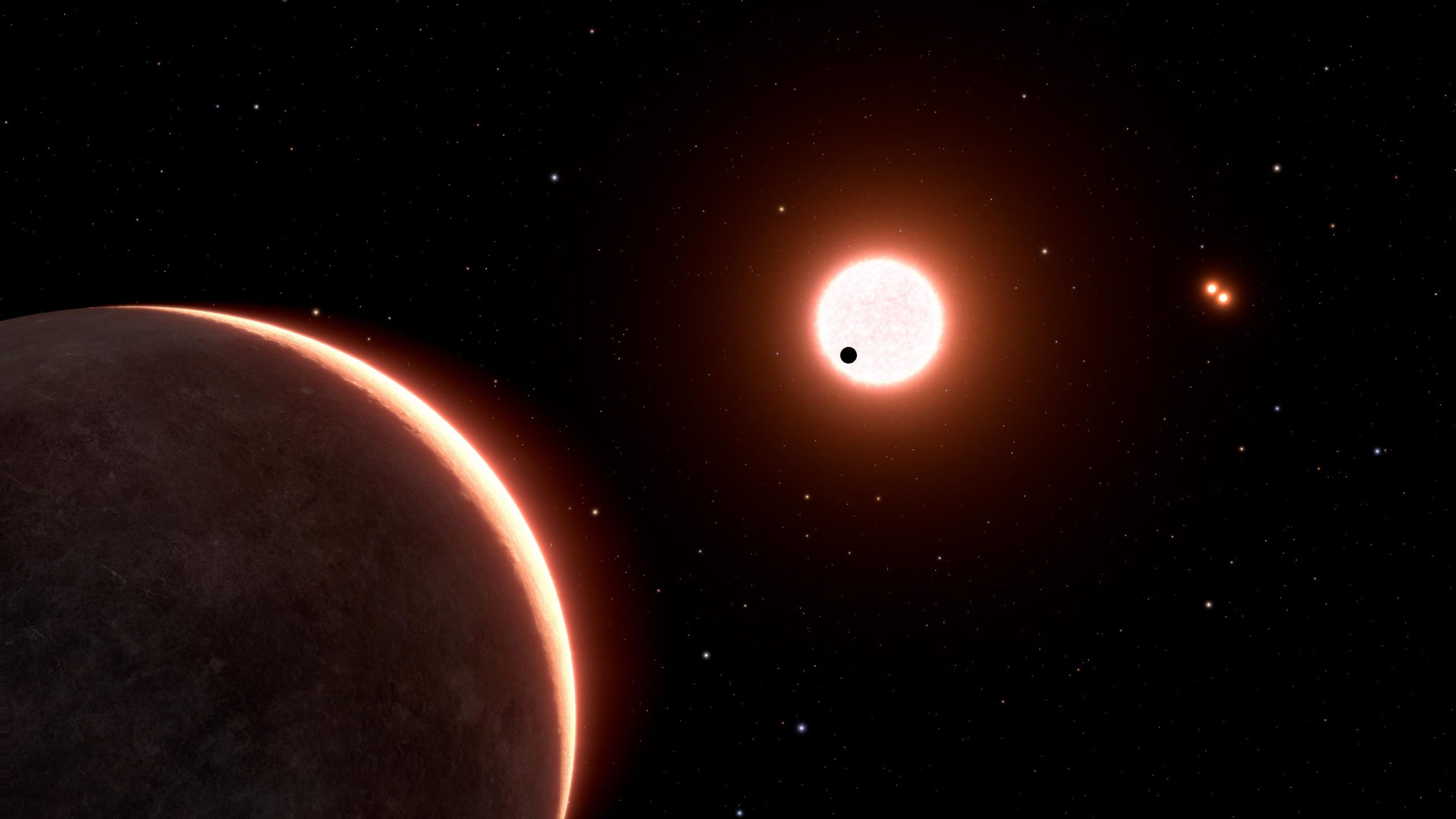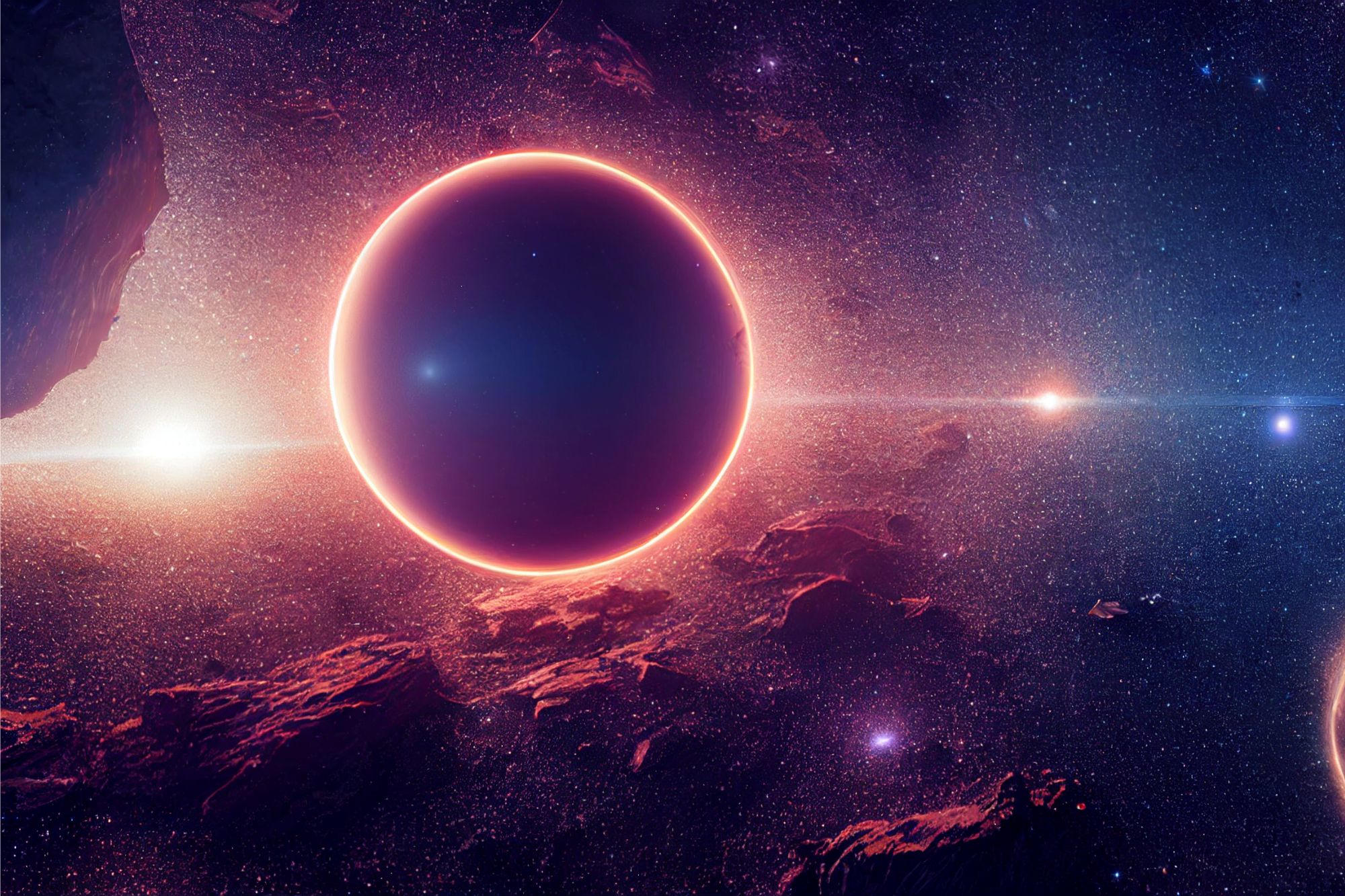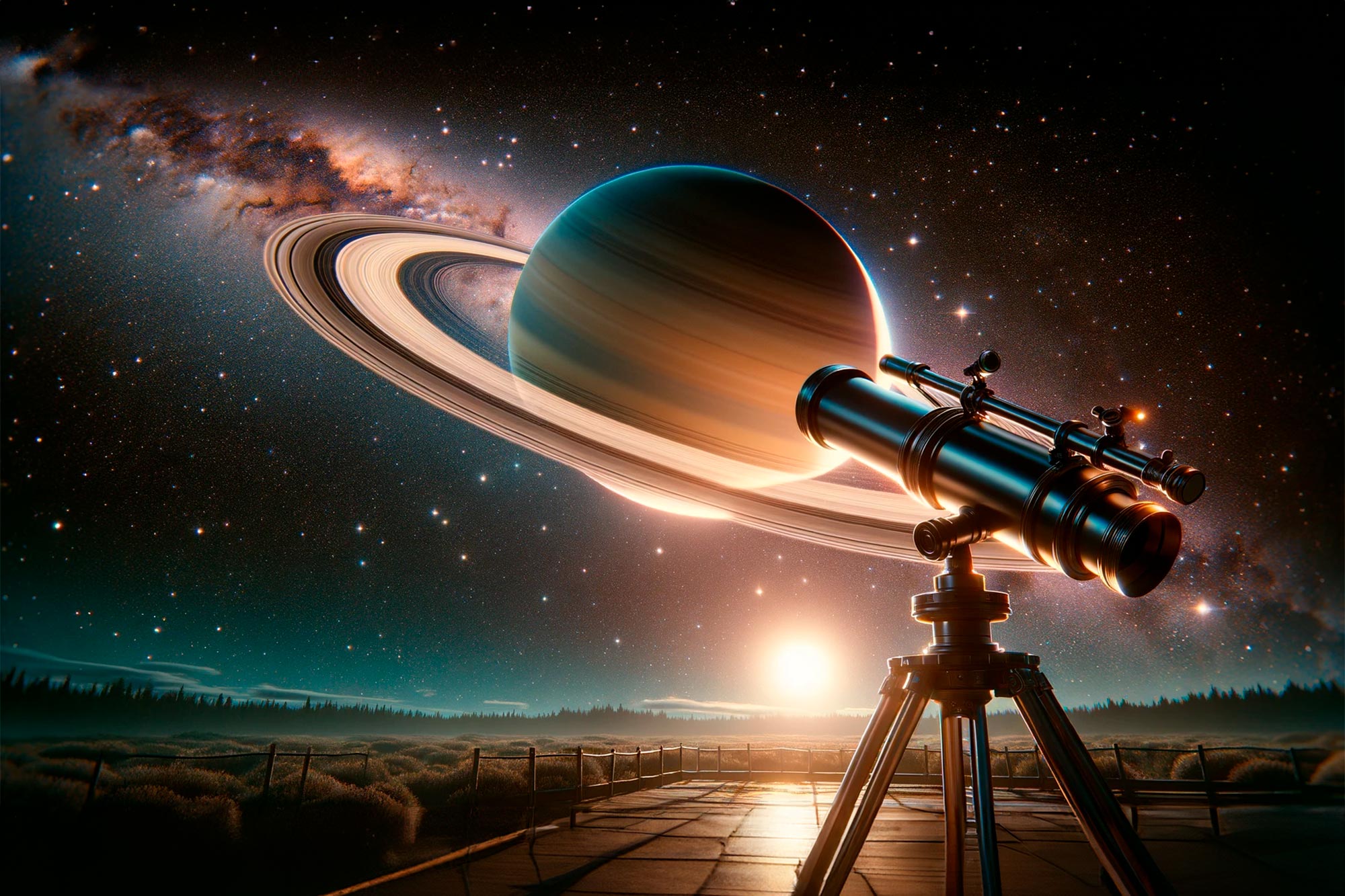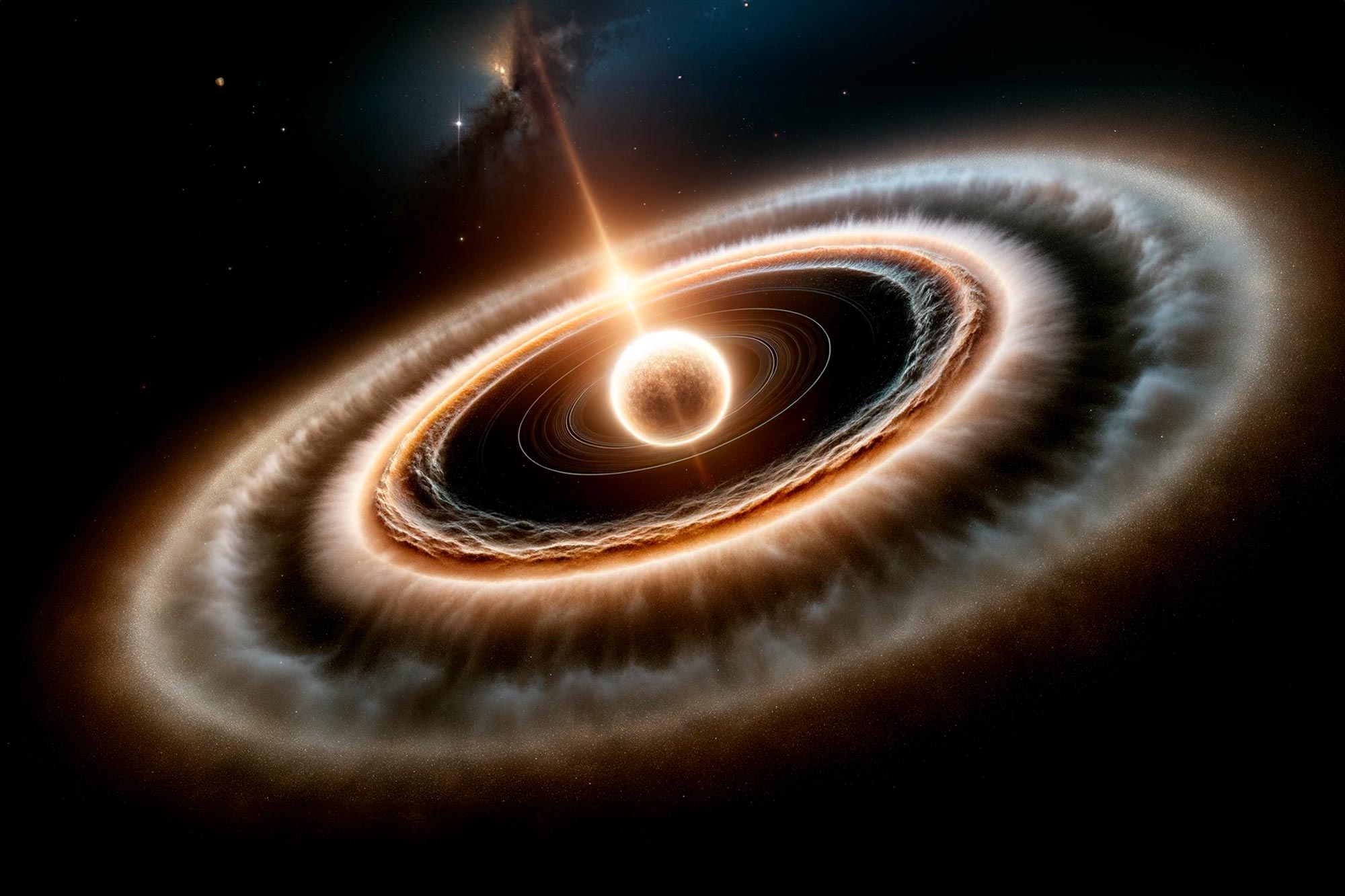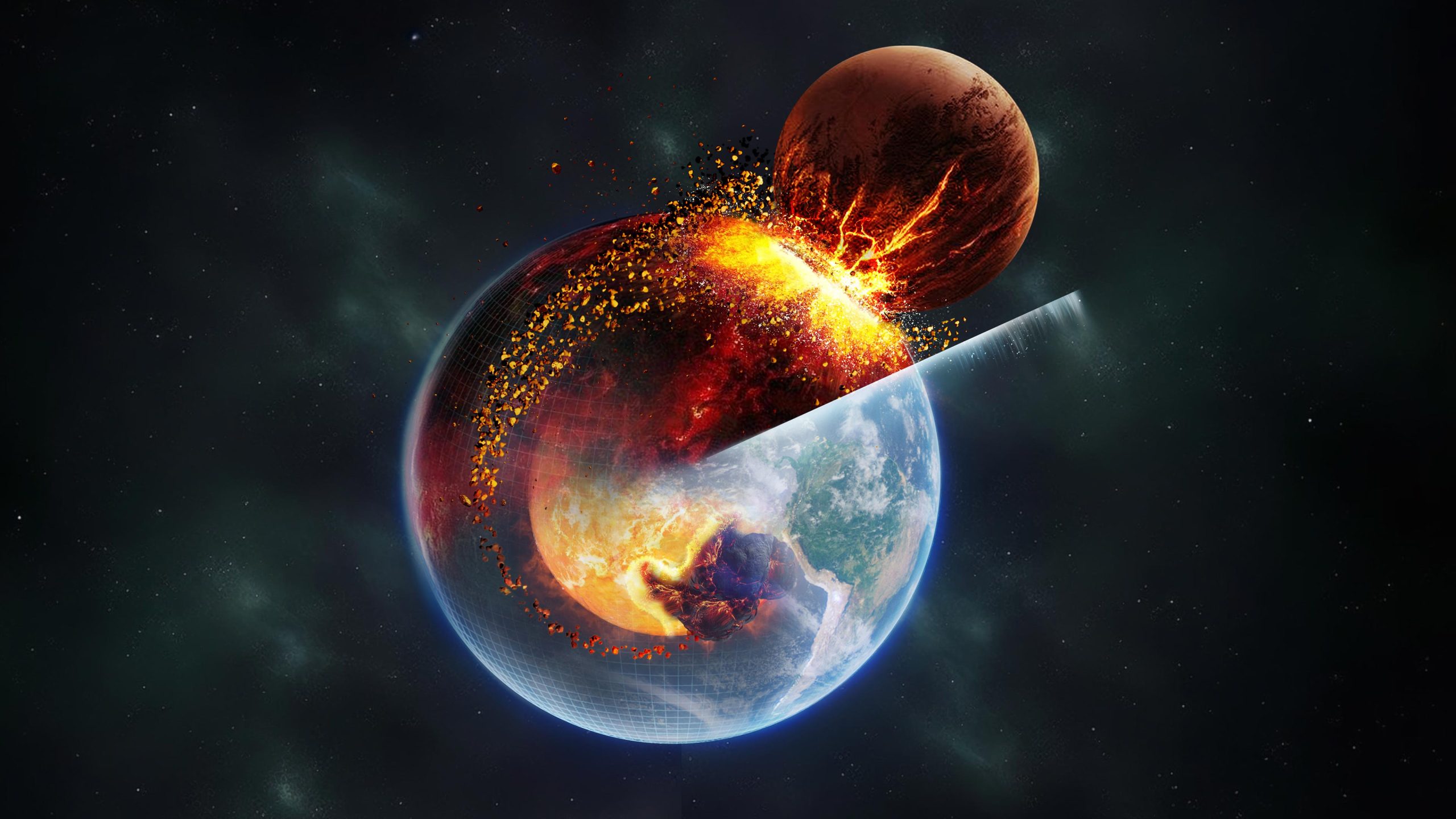Incredible Find: Harmony of Six-Planet System Defies Explanation
Check out this astonishing new discovery: scientists have found a one-of-a-kind star system called HD110067, where six planets are orbiting in a rhythmically synchronized way. This rare phenomenon could provide valuable insights into the development and progression of planets. A study spearheaded by University of Chicago astronomer Rafael Luque might unveil crucial details about the …

